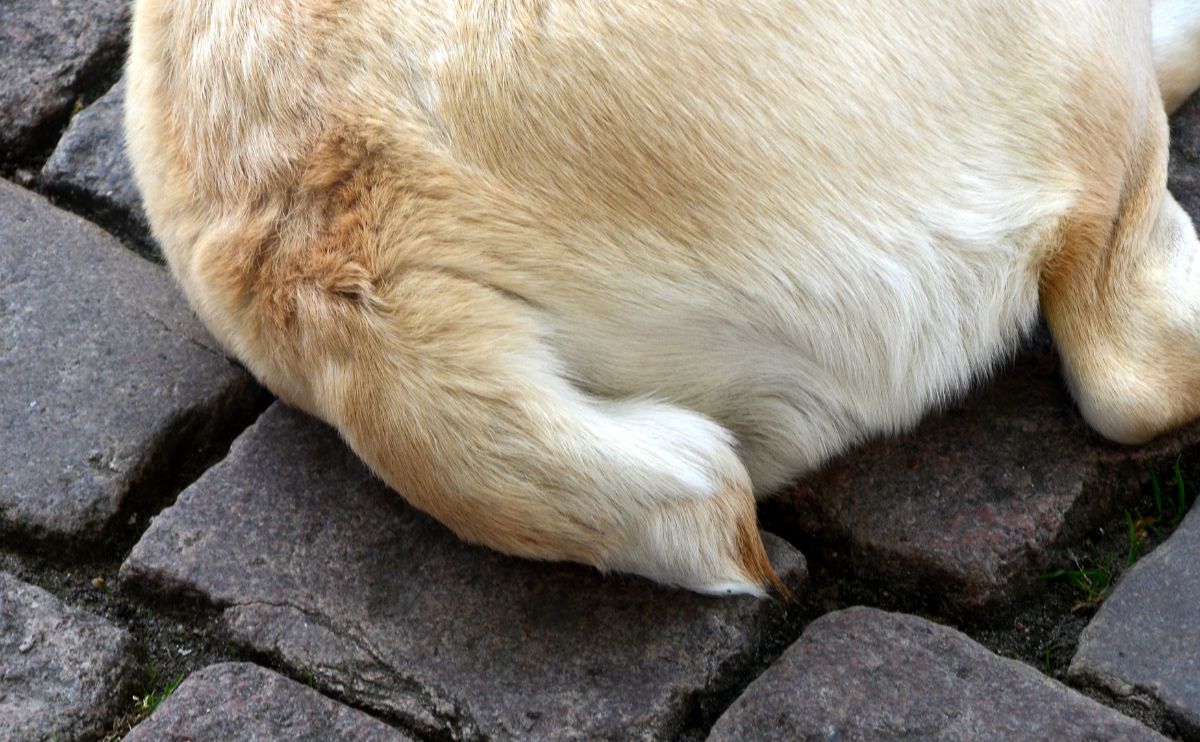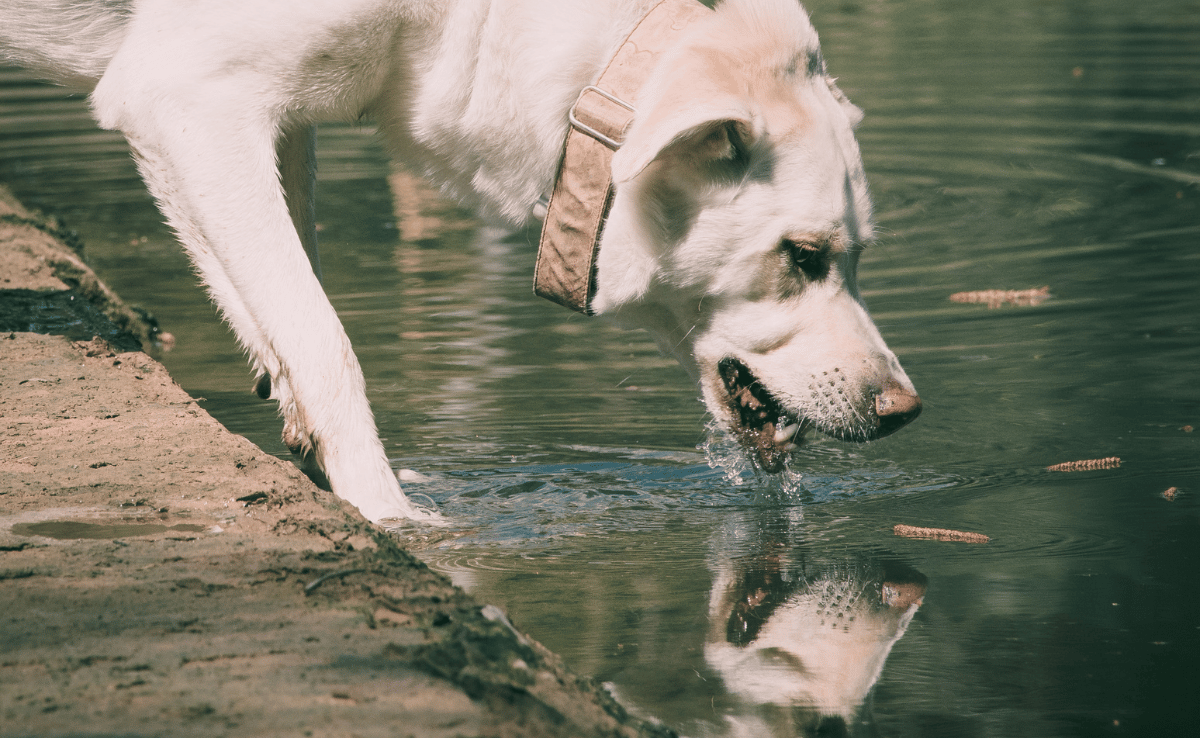Cloning Your Dog: A Second Chance Or A Pricey Illusion?
When you purchase through links on our site, we may earn a commission. Here’s how it works.
What if you could bring your dog back, not just in memories, but in flesh and fur?
Table of Contents
It sounds like science fiction, but dog cloning is real, and it’s already reshaping how some people grieve. For tens of thousands of dollars, biotech labs can now create a genetic duplicate of your beloved pet. The same DNA. The same floppy ears. Those same soulful eyes.
But will it really be the same dog?
As more pet owners turn to cloning after devastating loss, experts are sounding the alarm. Behind the promise of reunion lies a web of ethical concerns, scientific complexity, and emotional risks that few consider until it’s too late.
Step into the strange new world where grief meets genetics, love meets laboratory, and not every second chance is what it seems.
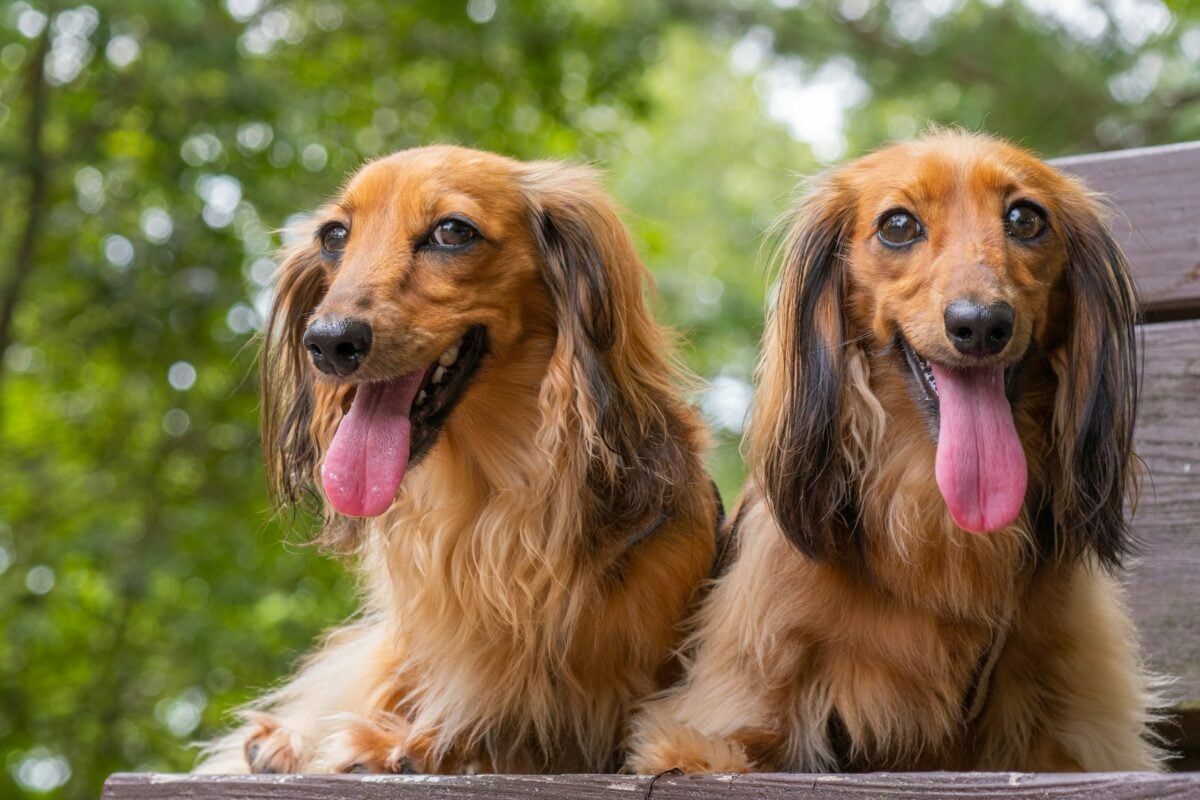
What Is Dog Cloning?
Cloned dogs are not born in test tubes or as fully grown replicas, like in some science fiction movies. The process involves implanting embryos into surrogate dogs, who carry the clones to term and give birth naturally. While cloned dogs may look nearly identical to the original, they are still individuals shaped by their environment, just like identical twins.
When & How Dog Cloning Began
Although Dolly the sheep was cloned back in 1996, dog cloning was more complicated for researchers to perfect. It wasn’t until 2005 that a South Korean research team achieved the first successful dog cloning, producing two Afghan hound puppies from ear skin cells of a dog named Tai. One of the puppies died from pneumonia soon after birth, but the other puppy, Snuppy, lived a happy life for 10 years until he died of the same cancer Tai had.
Since that time, scientists have conducted hundreds of dog cloning procedures and studies. The first successful breeding between cloned dogs in 2008 produced 10 puppies when Snuppy’s sperm was artificially inseminated into two female cloned dogs. And in 2017, scientists at Sooam produced four clones of Snuppy — the first clones created from a cloned dog — to study the health outcomes of re-cloned dogs. Studies in other cloned mammals have shown similar progress with healthy “offspring.”
The Science of Dog Cloning: Somatic Cell Nuclear Transfer & Beyond
The cloning process creates a genetic duplicate of a living or deceased dog using a technique called somatic cell nuclear transfer (SCNT). In simple terms, it means taking a cell from your dog, usually a skin cell, and using it to create a new embryo that develops into a puppy with the same DNA as the original.
Scientists extract unfertilized eggs from a female dog and remove the nucleus from the egg, which erases that dog’s DNA from the eggs. The next steps involve inserting the DNA from the “donor” dog into those eggs and applying an electronic pulse to synthesize the donor cells with the eggs. This pulse also helps to kickstart cell division.
Then, scientists surgically implant these modified eggs into surrogate female dogs, who are typically given hormones to boost the implantation and growth process in the womb. If all goes right, the surrogate dogs can then carry the pregnancy until term and have a natural birth.
Recent Advances and the Future of Pet Cloning
While SCNT is the dominant method, research into alternative cloning methods and gene-editing techniques (like CRISPR) is ongoing. These could one day improve cloning efficiency or reduce the need for surrogate mothers, although they remain in early experimental stages.
How Scientists Clone Dogs: A Step-by-Step Look at the Process
- Cell sourcing & preservation: A skin sample is collected from the original dog, and living cells are cryopreserved for cloning.
- Nucleus transfer and embryo creation: The dog’s DNA is inserted into a donor egg that’s been emptied of its own genetic material, then stimulated to begin dividing.
- Surrogate gestation & implantation: The cloned embryo is implanted into a surrogate dog, who carries the pregnancy to term.

Cloned But Not the Same: How Clones Differ From the Original Dog
Cloning produces a dog with the same DNA as the original — but that doesn’t mean you’re getting a perfect replica. In fact, many pet owners are surprised to find that their cloned dog looks similar, yet behaves very differently.
While the DNA sequence remains the same, gene expression can vary due to epigenetic factors, meaning genes may be ‘turned on or off’ differently depending on the environment and developmental conditions
- Personality and behavior are not hardwired. Just like identical twins, cloned dogs can have very different temperaments based on how they’re raised. Training, socialization, household environment, and even early handling all shape who your dog becomes — cloned or not.
- Health traits may align, but epigenetics adds variation. Most cloned dogs enjoy similar health profiles as the donor dog, but scientists continue to study how gene expression — known as epigenetics — may differ. Even with identical DNA, some genes may activate differently during development, leading to subtle changes in traits, immunity, or longevity.
- Nature starts it — nurture finishes it. While cloning gives you a genetic starting point, everything from your dog’s daily routine to the people they interact with plays a role in who they become. In short, you can clone the body, but not the soul.
So, if you want an exact replica of your beloved pet, unfortunately, cloning cannot give you that. With that said, there can be many similarities, but there’s no way to predict how a cloned dog will turn out.
The Rise of Commercial Dog Cloning
Fast forward to today. Dog cloning has become a commercial enterprise that’s now available to the general public, albeit at a hefty cost. The first, most high-profile, widely publicized customer was Barbra Streisand, who revealed in 2018 that she had her beloved pup, Samantha, a 14-year-old Coton de Tulear, cloned twice, producing two healthy puppies named Miss Violet and Miss Scarlett. Several other celebrities and hundreds of wealthy pet parents have also had their dogs cloned.
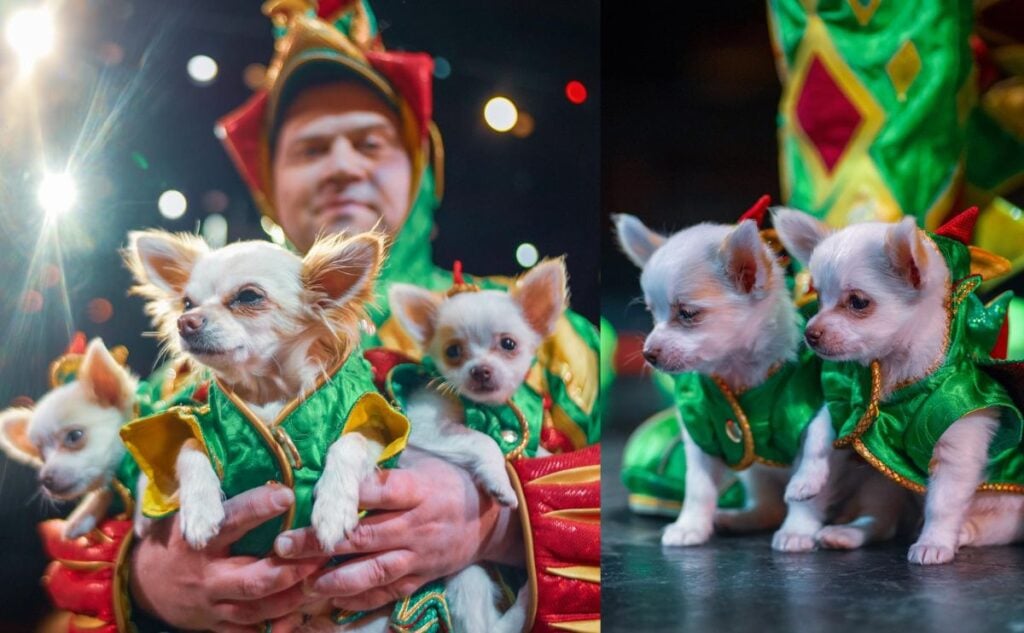
Spotlight: The Cloning of Mr. Piffles
Magician Piff the Magic Dragon faced a heartbreaking challenge when his beloved Chihuahua, Mr. Piffles, grew old and passed away. Rather than saying goodbye, Piff opted to clone him, and in 2025, he even cloned the dog twice more to expand the legacy.
- Emotional motivations: Piff had a deep attachment to Mr. Piffles, who was more than a pet; he was a performer, a stage partner, and a symbol of his act. His decision shows how grief and identity can drive cloning choices.
- The process in practice: With a commercial cloning service handling the procedure, the process included genetic preservation, embryo creation, and surrogate gestation.
- Legacy and continuity vs. uniqueness: When the first clone, named Fortune, joined the act, audiences noted strong visual and behavioral similarities. Yet Piff acknowledged that the clone was still a new individual.
- Scaling the experiment: In 2025, Piff had two additional clones created, named Fiver and Six Pack, ensuring that the “Mr. Piffles” role continues, even as each dog develops a distinct personality.
Who’s Cloning Pets? Key Companies & Where They Operate
So, which companies offer dog cloning? Texas-based ViaGen, which launched pet cloning in 2015, is the only company in the U.S. that currently clones pets, including dogs, cats, and horses. South Korean-based Sooam and China-based Sinogene are two other companies that provide pet cloning services.
- ViaGen Pets (USA): Based in Texas, ViaGen is the only U.S. company currently offering commercial cloning of dogs, cats, and horses.
- Sooam Biotech (South Korea): A pioneer in dog cloning, Sooam gained global attention for cloning the world’s first dog in 2005. It continues to serve international clients.
- Sinogene (China): Headquartered in Beijing, Sinogene provides dog and cat cloning services and has seen rapid growth in Asia’s pet market.
- Global availability: These companies accept clients from many countries, but legal and ethical restrictions vary. While cloning is legal in the U.S., South Korea, and China, it’s restricted or banned in several parts of Europe, including the U.K.
How Much Does It Cost to Clone a Dog? The Full Breakdown
Cloning a dog isn’t just emotionally complex; it’s financially daunting. The total cost can run well over $50,000, and that doesn’t include every possible expense along the way.

Upfront Cloning Costs
As of 2025, the U.S.-based company ViaGen charges $50,000 to clone a dog. Cloning a cat costs about $35,000, and cloning a horse costs about $85,000. Other companies, like Sinogene (China) and Sooam (South Korea), offer similar services to international clients.
Tissue Banking (If You’re Not Ready Yet)
If you’re not quite ready to clone, you can preserve your dog’s DNA for later. ViaGen’s Express Tissue Banking service costs $500 for initial cell preservation. Sinogene offers similar preservation plans, charging between $100 and $300 per year for storage.
Hidden Costs & Risks
- Failed attempts: Dog cloning doesn’t have a 100% success rate. Multiple surrogates and procedures may be needed before a viable pregnancy is achieved — and you still pay for the process regardless of outcome.
- Travel & shipping: If you live outside the country where cloning occurs, you may incur additional costs for sample shipment, veterinary preparation, and international logistics.
- Aftercare & veterinary costs: Cloned puppies may require special care, observation, or treatment in the early weeks — especially if they’re part of an experimental or lower-success procedure.
Success Rates & Scientific Unknowns
Cloning a dog is far from guaranteed. Experts estimate that only about 1 in 5 cloning attempts results in a successful live birth, meaning multiple embryos, and often several surrogate dogs, are involved in producing just one puppy. Some broader studies across animal species report even lower survival rates, often under 5%, highlighting just how inefficient the process can be.
Even when a cloned puppy is born healthy, scientists warn that the long-term effects of cloning are still not fully understood. One major concern is epigenetic variation —changes in how genes are expressed, even when the DNA sequence is identical. These changes can affect a clone’s growth, immunity, and development, potentially leading to subtle or serious health differences over time.
Re-cloning (creating a clone from an already cloned animal) has also been documented, though success rates remain low. In one high-profile case, only a small percentage of embryos developed into viable puppies, underscoring the unpredictability and resource intensity of the process.
What Are The Ethical Concerns?
While dog cloning is technically possible and commercially available, many experts argue it raises serious ethical questions, especially when it comes to the well-being of animals involved in the process.
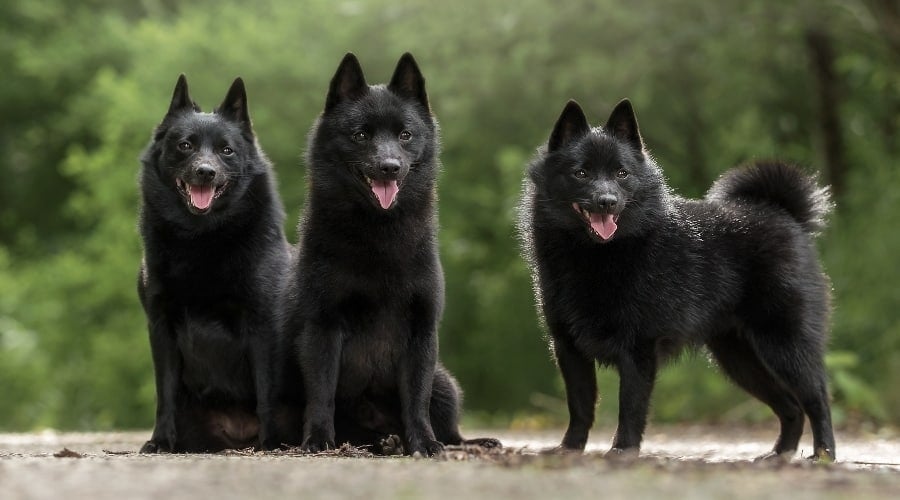
As you can imagine, pet cloning has its naysayers. Among them are many bioethicists and animal welfare advocates, including the Humane Society of the United States and PETA. Experts raise several different concerns about the morality and lack of oversight in the pet cloning process.
1. Using Dogs as “Lab Rats”
First, dog cloning only has a 20% success rate, according to experts in Columbia University’s Bioethics Program. These experts and many other critics point out that this low success rate means that even cloning one dog can involve multiple female dogs and multiple surgeries to collect unfertilized eggs and then the same to implant cloned embryos.
Surgery comes with risks, and these procedures aren’t medically necessary for the lab participants’ health, say experts. Furthermore, these surrogate dogs are given ongoing hormone treatment to boost fetal growth. Many animals are used, and often discarded, during failed attempts.
Critics argue that subjecting dogs to such invasive procedures for human benefit violates core principles of animal welfare.
2. Use of Surrogates and Surgical Risks
Cloning a dog typically requires multiple egg donors and surrogate mothers. These animals undergo hormonal treatments and surgical procedures that are not medically necessary for their own health. With success rates estimated as low as 20%, many animals are used — and often discarded — during failed attempts. Critics argue that subjecting dogs to such invasive procedures for human benefit violates core principles of animal welfare.
3. Commodification and Emotional Ethics
Cloning turns pets into products, some ethicists warn. By attempting to “replace” a beloved dog through cloning, owners may be treating animals as interchangeable, potentially diminishing the individuality and emotional value of the pet-human bond.
There’s also concern that grieving owners may be emotionally vulnerable and pressured into making costly decisions without fully understanding the limitations or risks of cloning.
4. A Call For Oversight
In the ASPCA’s position on pet cloning, this animal welfare organization raises another important issue. Pet cloning is largely unregulated, and since it’s privately funded, the research and practices haven’t undergone public scrutiny. The ASPCA calls for a scientific and ethical analysis of the research, current processes, and public sale of cloned pets.
Cloning Laws Around the World
Legal attitudes toward pet cloning vary by country:
- United States: Cloning is legal and commercially available through private companies.
- United Kingdom: Commercial pet cloning is banned. The process is considered unethical and unnecessary.
- European Union: The EU has prohibited the cloning of animals for farming or commercial purposes due to animal welfare concerns, though pet cloning is not uniformly regulated across member states.
- South Korea and China: These countries are leaders in cloning technology and actively offer services to international clients, but they also face criticism for weak animal welfare regulations.
As cloning technology advances, many scientists and animal advocacy groups are urging governments to establish clearer laws, independent oversight, and international ethical standards.
5. Why Clone When Millions Wait? The Case for Adoption
As the cloning industry grows, animal advocates raise a haunting question: Why spend tens of thousands of dollars to replicate one dog when millions of real, living pets sit in shelters, often facing euthanasia?
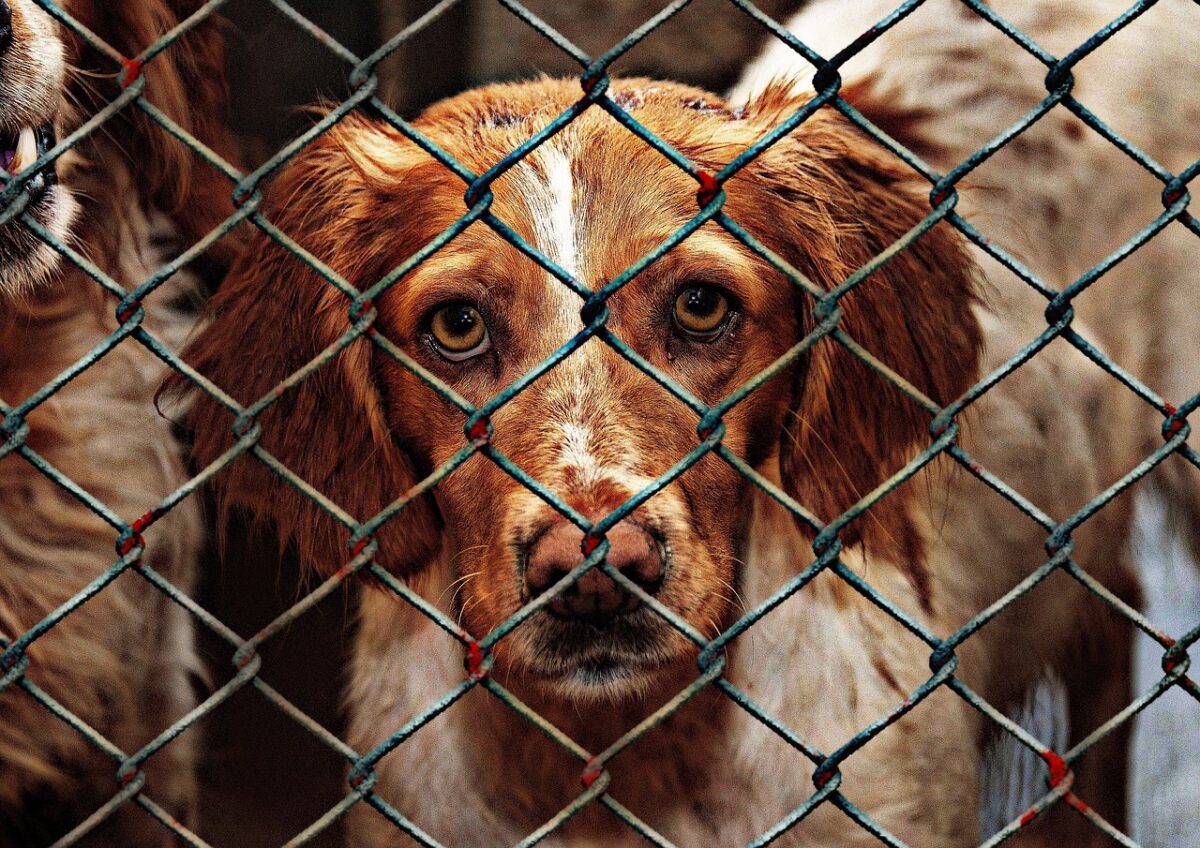
Every year, rescue centers are overwhelmed with animals in need of homes. Many of these dogs and cats are loving, healthy, and eager for companionship. Choosing to clone a pet, some argue, turns a blind eye to the wider crisis of animal overpopulation and neglect.
This debate strikes at the heart of the “adopt, don’t shop” movement, a call to value life that already exists over the pursuit of genetic continuity. For those grieving a lost pet, adoption doesn’t replace what’s gone. But it can honor that love by giving another animal a second chance at life.
Frequently Asked Questions
We’re sure you have more questions about dog cloning. Here are some of the most common to help you better understand this practice and process. If you don’t see yours, drop it in the comments.
Can you clone a deceased dog?
Yes, but the cell-life clock begins ticking upon death. For example, if your dog dies suddenly and unexpectedly, you’d have to get your dog’s cells extracted as quickly as possible because animal tissue begins to degrade fairly rapidly after death.
If you contact one of these companies, they can give you or your veterinarian specific instructions on how to take a tissue biopsy and preserve it before sending it to their lab. Soam says you have approximately five days to extract viable cells, as long as your deceased dog is refrigerated.
Can you clone a clone?
Yes, and it’s already been done. Some companies have successfully created clones from previously cloned dogs. While this raises interesting scientific questions, it also compounds concerns about genetic integrity and unknown risks over generations.
What is a cloned dog’s life expectancy?
Research over the last 20 years has shown that a cloned dog’s life expectancy is typically the same as a natural dog of the same breed (life expectancies vary by breed and size). For example, Snuffy’s longevity was the same as that of his donor parent. But scientists are continuing their research into cloned dogs to better understand their health outcomes and longevity.
Can you clone a dog from hair?
Dog hair isn’t a reliable option for cloning. While the DNA from hair can be used for identification purposes with humans, it’s not a viable cell source for cloning a dog. Why? Cells die quickly, and fallen-out hair won’t provide the live and active cell DNA needed for cloning.
How long does the cloning process take?
From sample collection to the birth of a cloned puppy, the process typically takes 6 to 12 months. This timeline includes cell culture, embryo development, implantation, and gestation.
One Couple’s Experience (Video)
Check out the three-minute video below for the heartwarming story of one British couple’s decision to clone their beloved Boxer Dylan upon his death.
Coping with the Loss of a Beloved Dog
For many of us, a dog isn’t “just a pet”, they’re family, best friend, therapist, and loyal companion all in one. Losing them can be one of the most profound emotional experiences we ever face. It’s no surprise that some grieving owners turn to cloning in hopes of holding onto the bond they shared.
But grief is deeply personal, and there’s no single right way to navigate it. While cloning may offer comfort to some, others find healing through different paths: honoring their pet’s memory, adopting another animal in need, or simply allowing time and support to ease the pain.
Here are a few meaningful ways to cope after losing a dog:
- Create a memorial: Plant a tree, design a custom urn, or make a photo book to celebrate your dog’s life.
- Commission a portrait or keepsake: Many services offer personalized artwork, jewelry, or stuffed replicas (like Cuddle Clones) that capture your pet’s likeness.
- Talk about it: Sharing your memories with others — whether online, in a support group, or with friends — can bring relief and connection.
- Consider adoption: Welcoming a new pet doesn’t erase the one you lost, but it can be a way to carry their legacy forward by offering love to another animal in need.
Whether you’re exploring cloning, creating a tribute, or just trying to make it through the day, know this: your grief is valid. Your love was real. And whatever you decide, your dog’s place in your heart will always remain.
Cloning Dogs: Science, Love, and the Questions That Remain
For those mourning a dog, cloning can feel like hope… a way to hold on when letting go seems impossible. But while science can replicate DNA, it can’t recreate shared memories, personality, or the unspoken connection only you and your dog understood.
Grief is never simple. Some people wonder if dogs feel loss, too, and others wrestle with the decision of when to say goodbye. Afterward, many seek ways to honor their pets through cremation or even memorial tattoos, small acts of remembrance that carry big meaning. Whether you choose to clone, adopt, or simply reflect, grief has no right answer. If you’re still healing, this guide may help you through the process. Above all, know this: cloning may offer a copy, but the love you shared was one of a kind, and always will be.
Have You Considered Cloning Your Dog? Share Your Thoughts
Have you ever thought about cloning your dog? Did you go through with it, or decide against it? Whether you’ve explored cloning, chosen adoption, or found another way to cope, we’d love to hear your story. Sharing your experience could help others facing the same difficult decision. Scroll down to the comments and join the conversation. Every story matters… because every dog matters.

